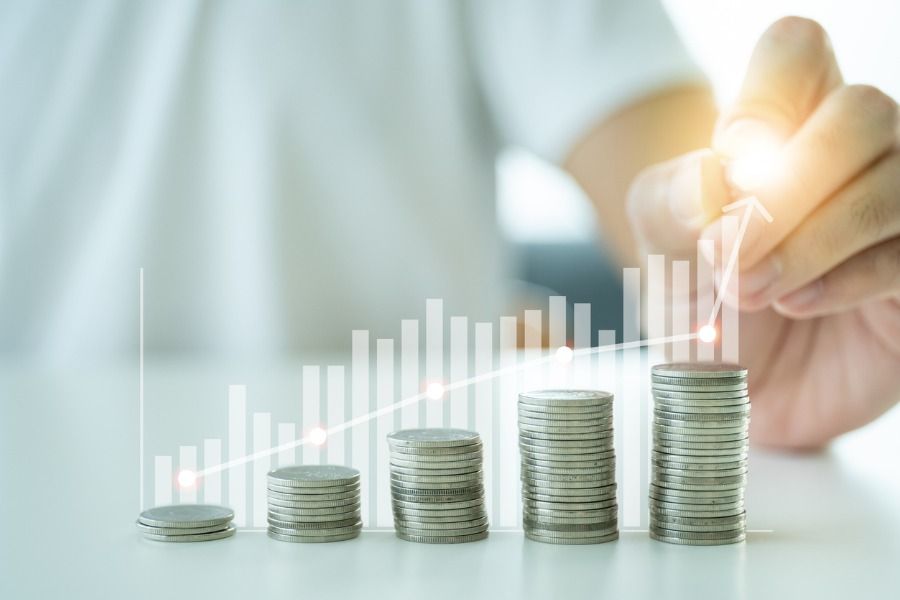Impact investing is poised to experience growth surge
With an insider trading probe sweeping across the financial services industry and a multibillion-dollar sovereign-debt crisis unfolding in Europe, investors might find the feel-good idea of impact investing appealing right about now.
With an insider trading probe sweeping across the financial services industry and a multibillion-dollar sovereign-debt crisis unfolding in Europe, investors might find the feel-good idea of impact investing appealing right about now.
Impact investing refers to a small but growing group of public and private funds that finance a specific cause or enterprise, including microfinance, technology, sustainable agriculture and community development. And while such investments aren’t charitable contributions — though they do have multiyear lockup periods and annual returns in the low single digits — they attract investors of a certain philanthropic ilk.
All in all, the strategy is less about big returns and more about doing the right thing.
“This is for the kind of person who prefers to lend money to a small business that is going to do something with the money, rather than just give it to a big Wall Street bank,” said Ron Cordes, founder of Impact Assets Global 50, an organization that introduces foundations and asset managers to opportunities in the impact-investing space.
The statement might seem jarring when you consider that he also is co-chairman of Genworth Financial Wealth Management Inc., which has more than $25 billion on its third-party asset management platform.
It is Genworth’s model of bringing together investment products for financial advisers and brokerage representatives that Mr. Cordes is intent on building in the impact-investing sector.
Certainly, there is demand for impact investing. According to a report last week from JPMorgan Chase & Co. and the Rockefeller Foundation, the amount of money likely to be sunk into impact investments ranges between $400 billion and $1 trillion. The report estimates a profit potential of between $183 billion and $667 billion over 10 years in five impact investing categories: urban housing, access to clean water, maternal health, education and microfinance.
Such high-dollar estimates should lead to better access to impact-investing products and possibly even registered mutual funds down the road.
To that end, Mr. Cordes is building a database of the largest asset managers in impact investing. The objective is to launch a platform within the next few months that will offer advisers, wealthy individuals and institutions an opportunity to get into fixed-income and equity impact investments.
The nearly 300 companies that will make up the database include Developing World Markets, which has $600 million worth of debt and equity microfinance investments in developing markets; E+Co, which manages a $40 million debt fund that invests in clean-energy projects in developing markets; and Root Capital, which manages a $50 million loan portfolio of short-term working capital to small farms in the developing world.
Microfinance, often considered the primary on-ramp to impact investing, has a variety of ways in which an investor can participate, including loans of a few hundred dollars channeled from an individual investor.
In order to make impact investing feasible for the affluent investors deemed most interested and capable of participating, the market is developing some access points.
Mission Markets Inc., for example, has built a database of $300 million worth of offerings across 13 investments for wealthy investors.
Launched in July, the platform offers private-placement investments in specific companies that fit the impact-investing category.
The platform is restricted to accredited investors, minimums start at about $25,000 and regulatory restrictions prohibit Mission Markets from identifying specific investments.
“There is a demand and the space is growing,” said Michael Van Patten, founder and chief executive of Mission Markets.
“We’re seeing a macro shift away from the way people think about their investments. When you have a catastrophic financial event, people look more closely at what they’re investing in.”
Mr. Cordes said that he thinks that the Mission Markets platform will serve as an investment resource for the asset managers on his Global 50 platform, which will also be restricted to investors who meet certain net-worth and income requirements.
Although experts don’t expect to see an impact-investing registered mutual fund in the immediate future, the retail-class investor is being considered, according to Mr. Van Patten. He said that he hopes to roll out some state-regulated products for smaller investors early next year.
Once Mr. Cordes has his platform up and running, he plans to work on developing a donor-advised fund that will allow impact investing, as well as a menu of multimanager off-the-shelf products.
Questions, observations, stock tips? E-mail Jeff Benjamin at [email protected].
Learn more about reprints and licensing for this article.








